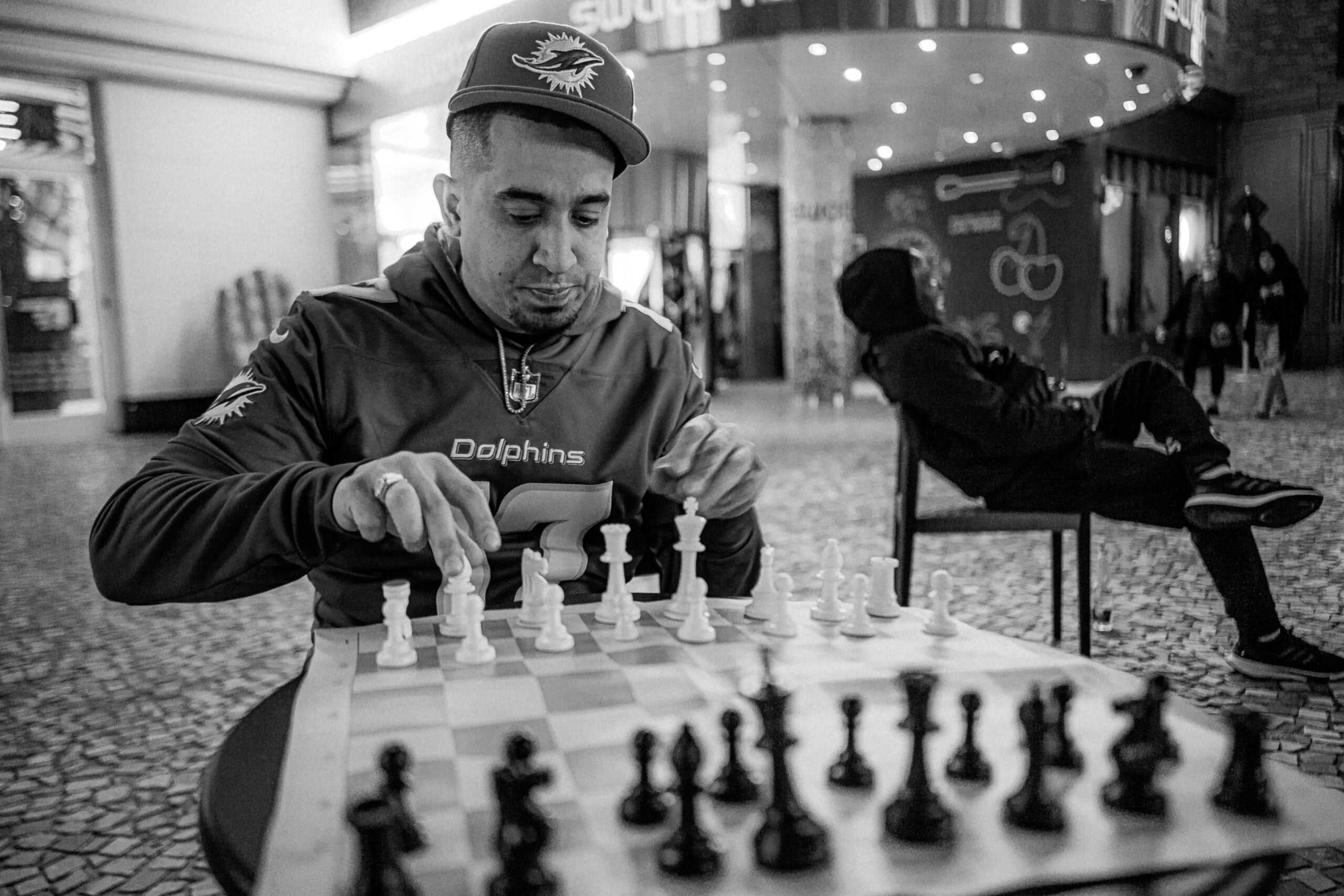
The Sicilian Defense: A Strategic Guide for Chess Players
The Sicilian Defense is a popular opening in chess that starts with the moves 1.e4 c5. It is a powerful weapon for blacks, allowing them to counterattack from the outset and create imbalances on the board. This article will explore the main ideas, variations, and strategic concepts behind the Sicilian Defense, aiming to equip chess players with the necessary knowledge to master this opening.
One of the key features of the Sicilian Defense is the asymmetrical pawn structure it creates. By placing a pawn on c5, Black aims to control the center and challenge White’s dominance. This move also prepares for the development of the queen’s bishop and allows for potential attacks on the D4 square.
There are various variations within the Sicilian Defense, each with its own unique characteristics and strategic goals. The Open Sicilian, Najdorf Variation, Dragon Variation, and Scheveningen Variation are just a few examples of the many possibilities. Let’s take a closer look at some of these variations:
The Open Sicilian:
The Open Sicilian arises after the moves 2.Nf3 d6 3.d4 cxd4 4.Nxd4. This variation leads to a highly tactical and dynamic game, as both players strive to control the center and launch attacks on each other’s kings. It is known for its sharp and aggressive nature, making it a favorite choice among aggressive players.
The Najdorf Variation:
The Najdorf Variation is one of the most popular and complex variations within the Sicilian Defense. It is named after the Argentine grandmaster Miguel Najdorf and is characterized by the move 2…d6 followed by 3…a6. Black aims to control the b5 square and potentially launch a counterattack on the queenside. The Najdorf Variation offers rich strategic and tactical possibilities for both sides.
The Dragon Variation:
The Dragon Variation is a highly aggressive and tactical variation within the Sicilian Defense. It is known for its characteristic pawn structure, with pawns on d6, e6, and g6 resembling the shape of a dragon. Black often aims to launch a kingside attack with moves like …g5 and …h5, putting pressure on White’s kingside and creating complications on the board.
The Scheveningen Variation:
The Scheveningen Variation is another popular choice within the Sicilian Defense. It is characterized by the moves 2…d6 followed by 3…e6. Black aims to develop their light-squared bishop to e7 and establish a solid pawn structure. This variation offers flexibility and a solid defense against White’s aggressive intentions.
When playing the Sicilian Defense, it is crucial to understand the underlying strategic concepts. Here are some key ideas to keep in mind:
- Control of the Center: By playing …c5, Black aims to challenge White’s control of the center and gain space on the board. Maintaining control and not allowing White to establish a strong central pawn structure is important.
- Counterattacking Opportunities: The Sicilian Defense allows Black to launch counterattacks immediately. By putting pressure on White’s position, Black aims to create imbalances and seize the initiative.
- Flexible Pawn Structure: The asymmetrical pawn structure in the Sicilian Defense offers flexibility and dynamic possibilities. It is important to understand the strengths and weaknesses of the pawn structure and plan accordingly.
The Sicilian Defense takes time and practice. By studying the main variations, understanding the strategic concepts, and analyzing master games, chess players can improve their understanding of this complex opening. It is a versatile and powerful weapon for Black, offering plenty of creative and dynamic play opportunities.
